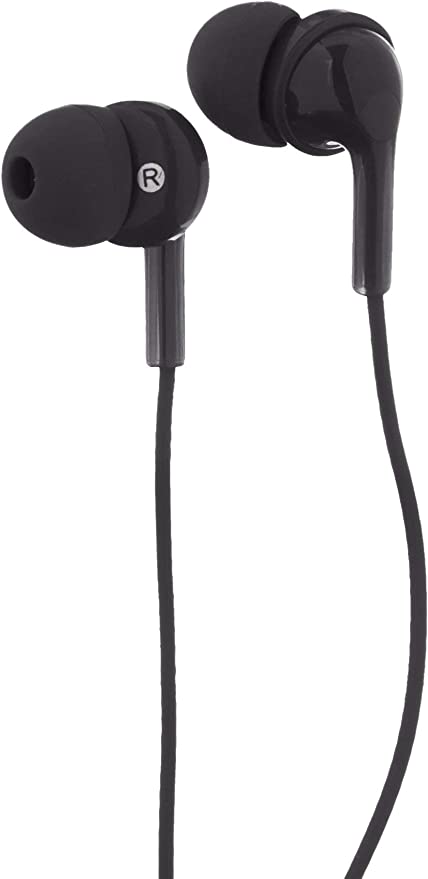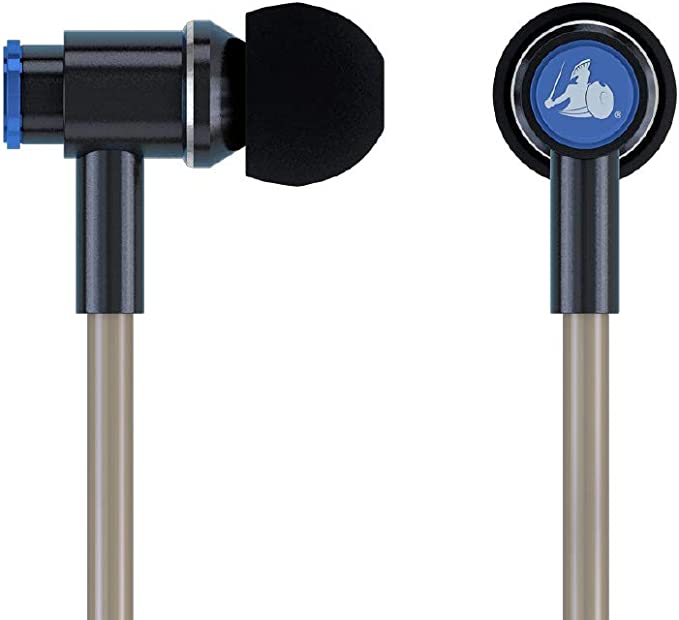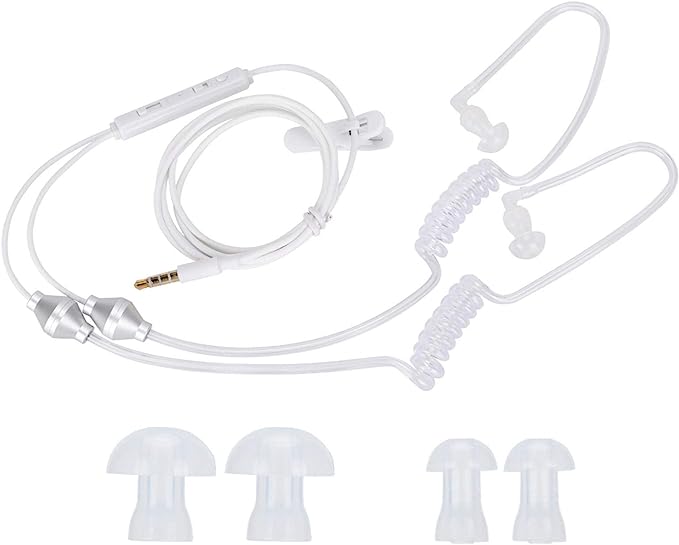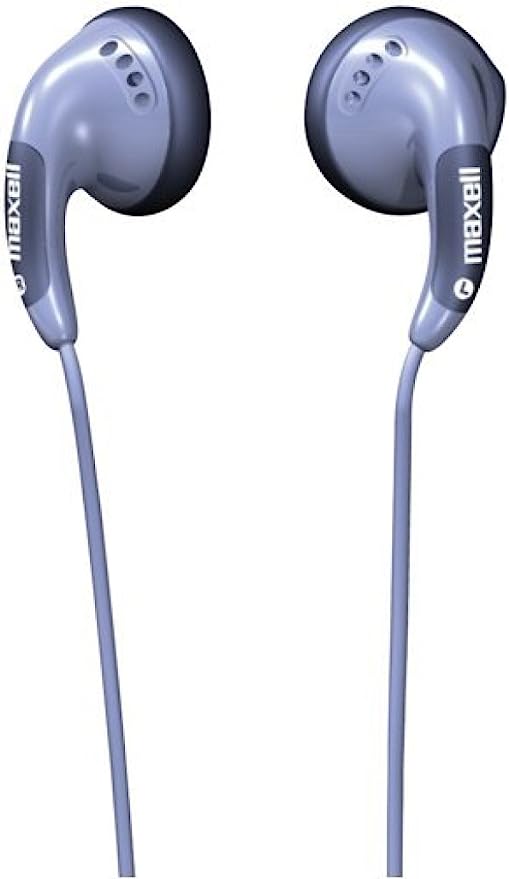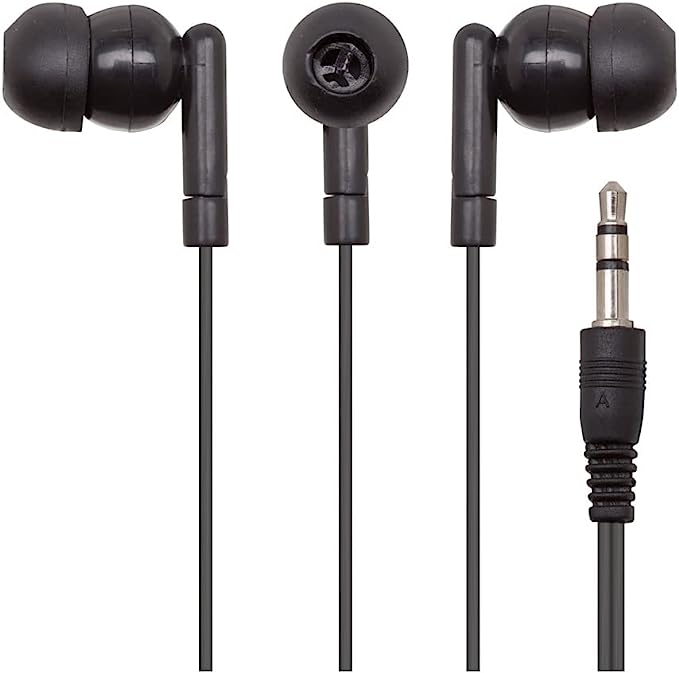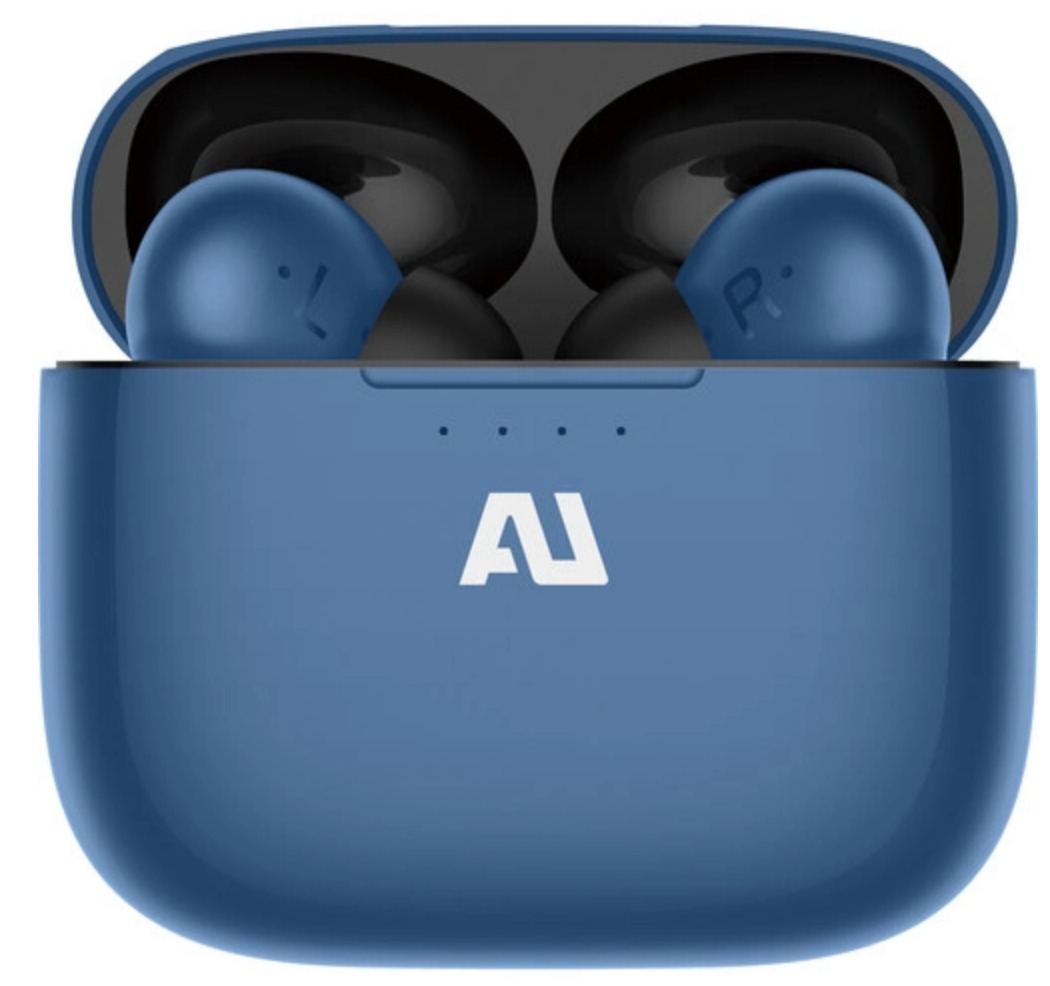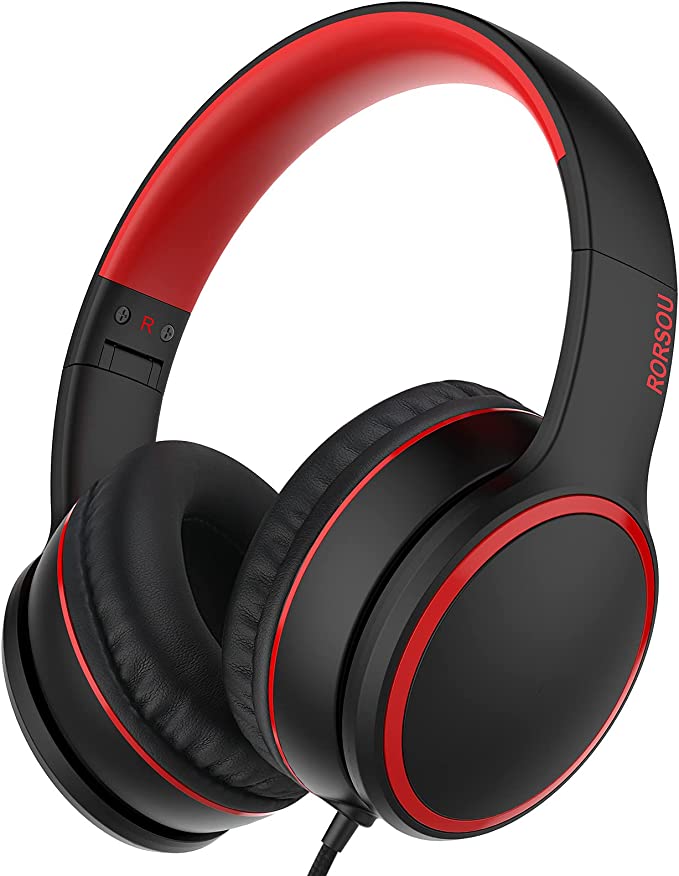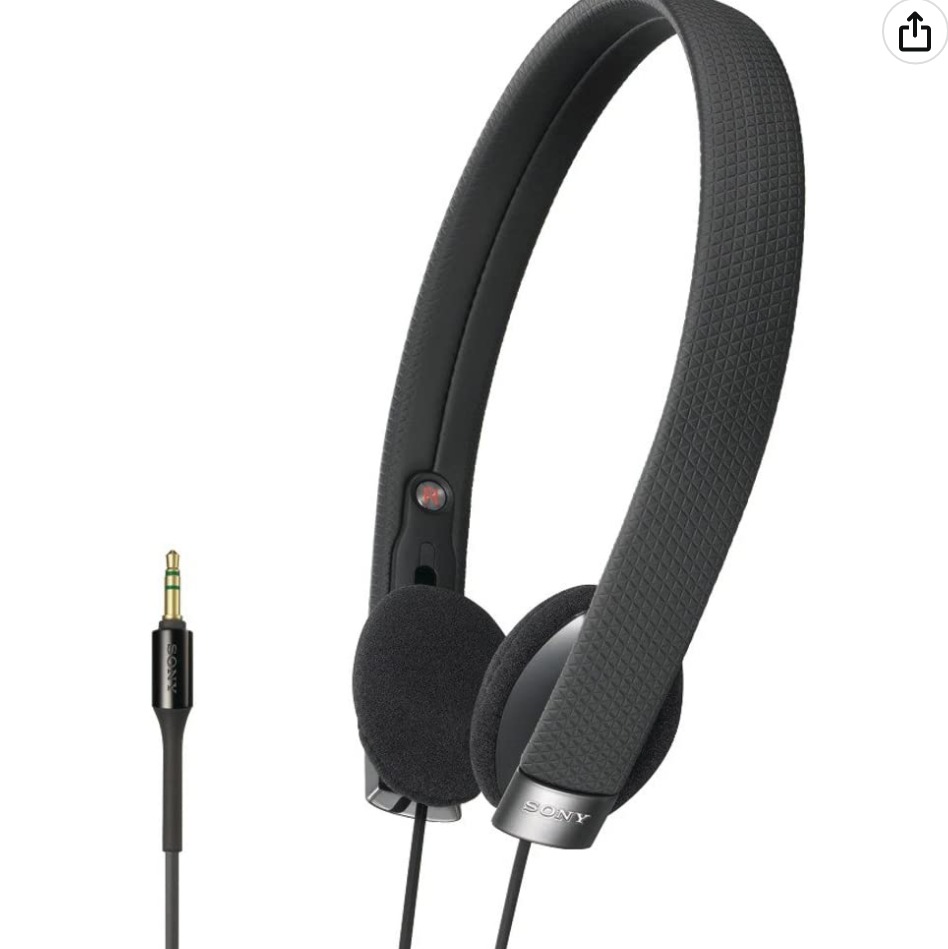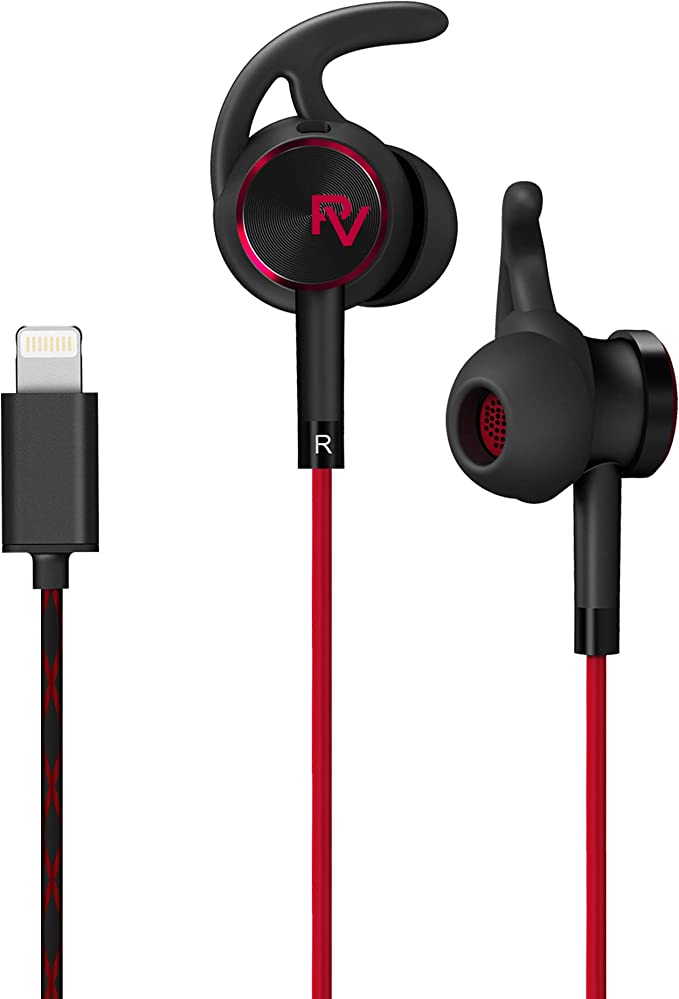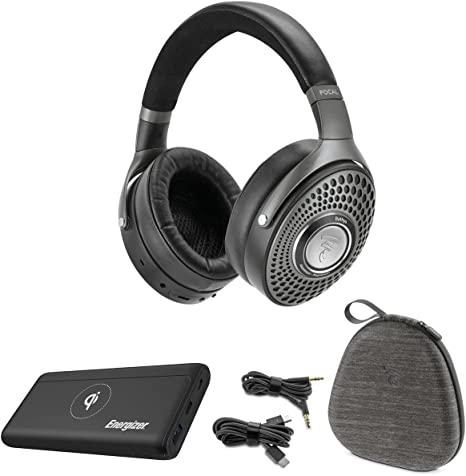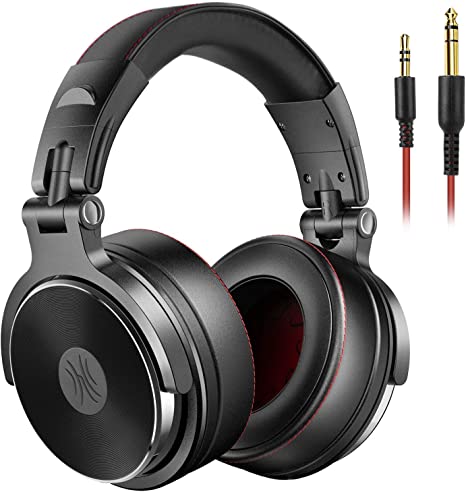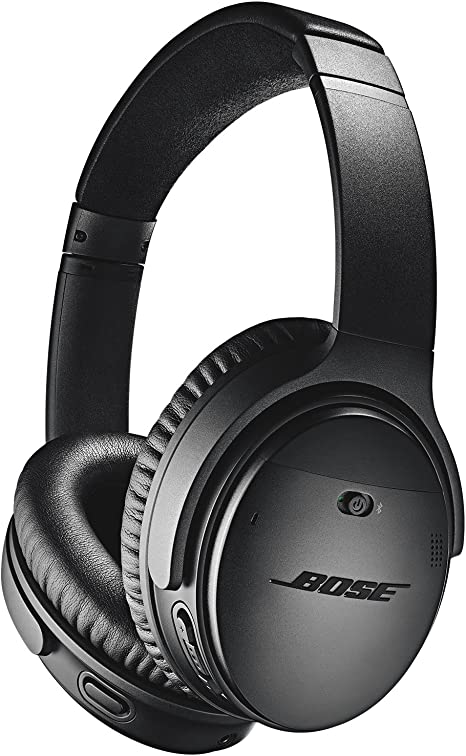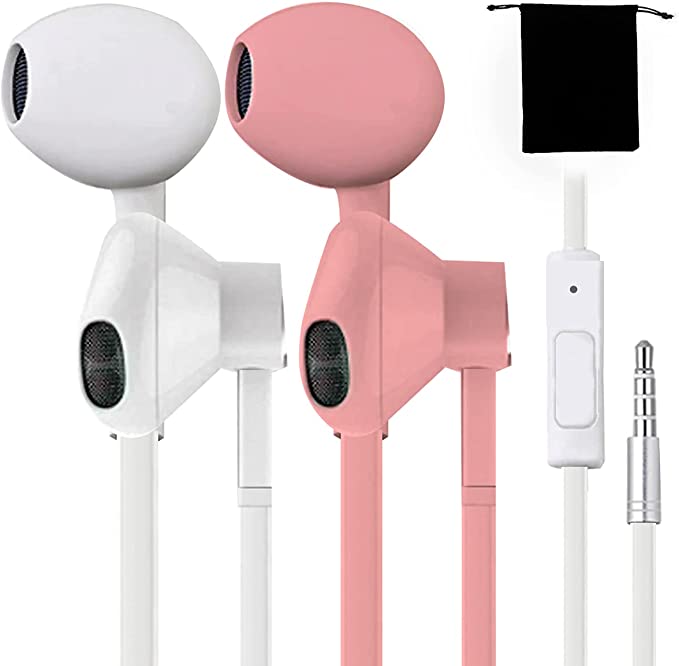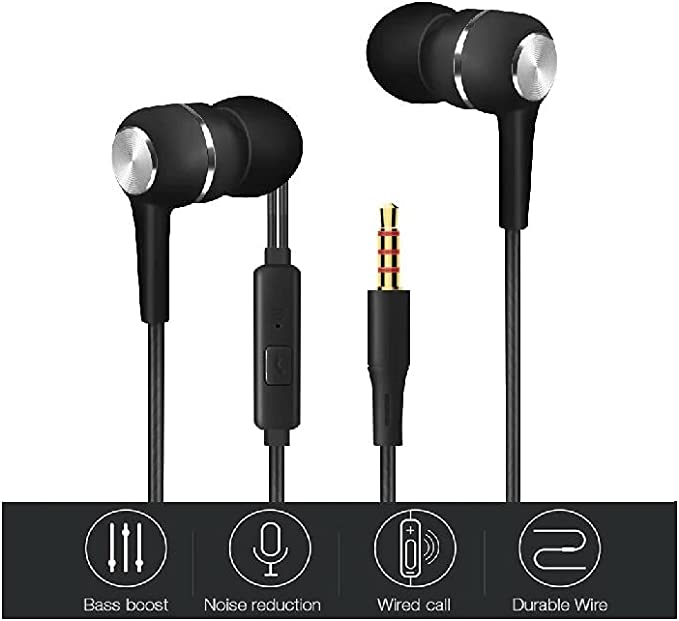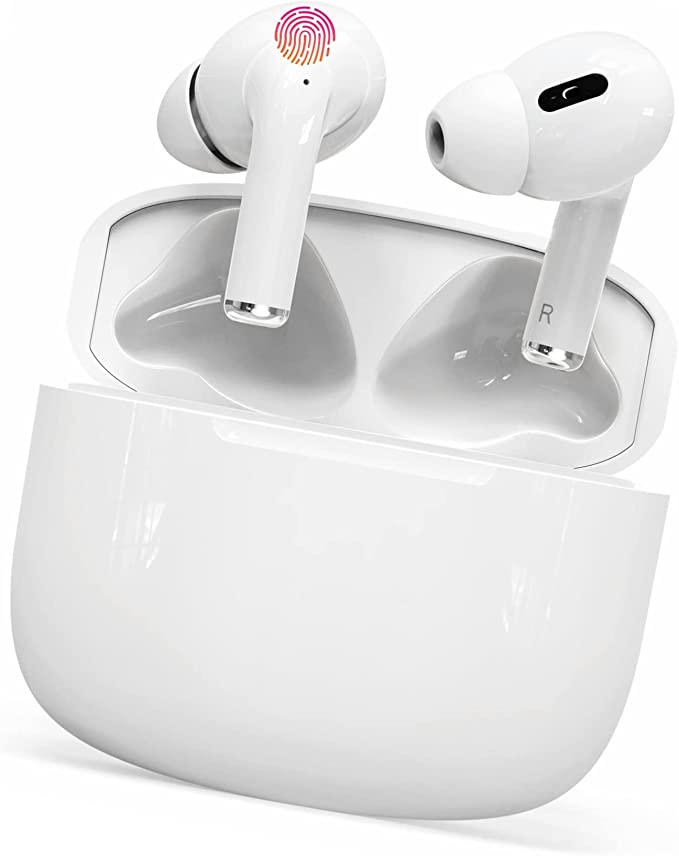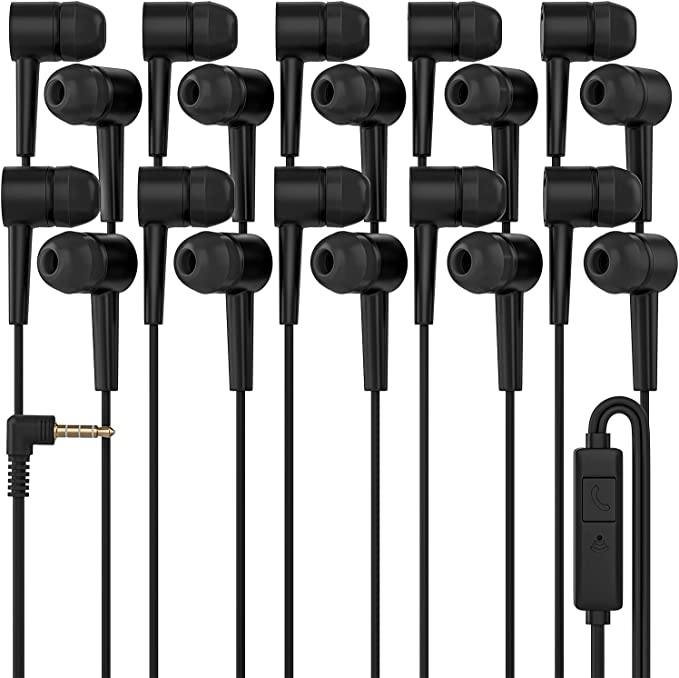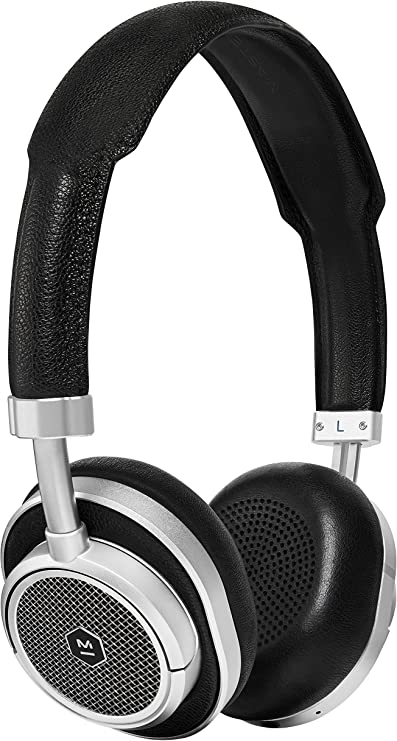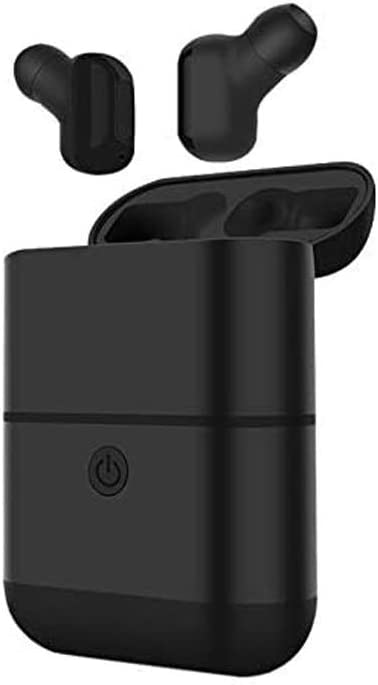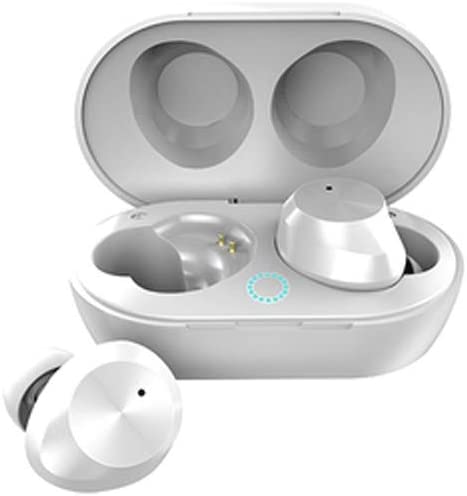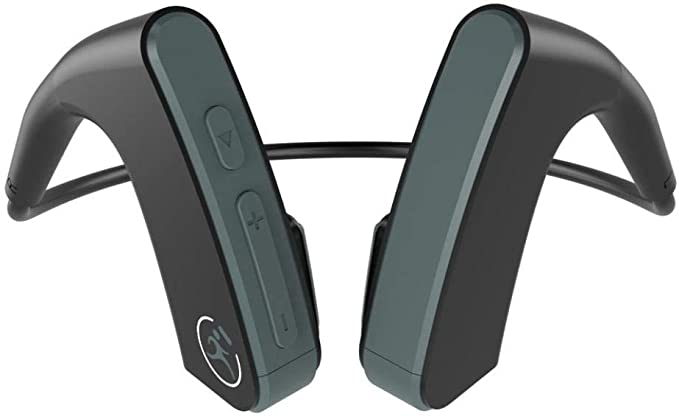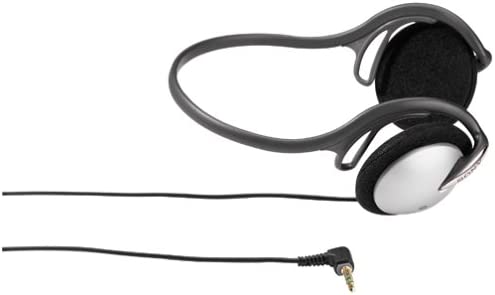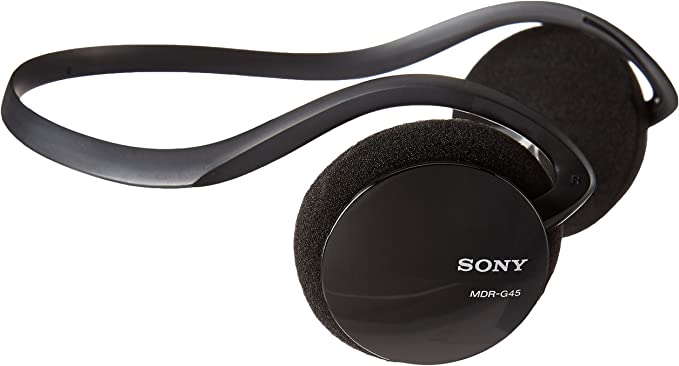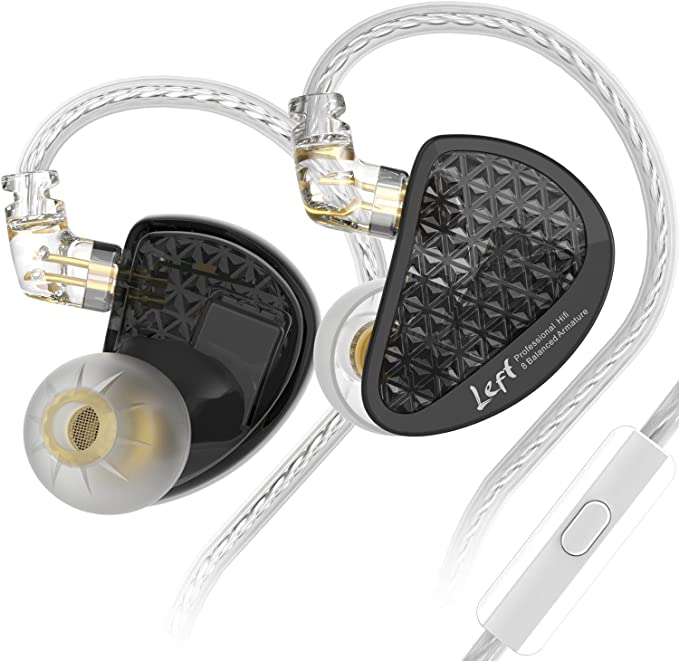PALOVUE 6815CB USB C Earbuds: Your Gateway to Superior Digital Audio
Update on Feb. 19, 2025, 2:04 p.m.
Frustrating Tangles and the Digital Shift
We’ve all been there. You reach into your pocket or bag, pull out your earbuds, and… you’re met with a tangled mess that would make a seasoned sailor blush. It’s a universal frustration, and it’s one of the many reasons why the audio world is moving towards a digital future, increasingly embracing USB-C.

A Brief History of Audio Connections
For decades, the 3.5mm headphone jack was the undisputed king. This analog connection, first popularized in the 1960s, served us well, connecting our headphones to everything from transistor radios to Walkmans to early MP3 players. It was simple, reliable (for the most part), and ubiquitous. But times change. The rise of digital music and the need for a more versatile connection paved the way for something new.
The Rise of USB-C
Enter USB-C. You probably recognize this small, reversible connector from your smartphone, laptop, or tablet. It’s not just for charging and data transfer; it’s also capable of carrying high-quality digital audio. Why the shift? Several reasons:
- Versatility: USB-C can handle multiple functions (power, data, audio, video) on a single port, simplifying device design and reducing clutter.
- Digital Transmission: Unlike the 3.5mm jack, which transmits analog signals, USB-C transmits audio digitally. This is a crucial difference, which we’ll explore in a moment.
- Future-Proofing: As device manufacturers strive for thinner and more streamlined designs, the bulky 3.5mm jack is becoming a casualty. USB-C offers a more compact and modern solution.
Digital vs. Analog Audio: A Clear Explanation
So, what’s the big deal about digital audio? Think of it this way: analog signals are like a continuous wave, constantly varying in amplitude and frequency. This wave is susceptible to interference – think of the static you might hear on an old radio. Every time the signal is copied or transmitted, it degrades slightly, losing some of its original fidelity.
Digital audio, on the other hand, represents sound as a series of discrete numbers (0s and 1s). This is much more robust. It’s like comparing a handwritten letter to a typed document. The handwritten letter might be beautiful, but it’s more prone to smudging and fading. The typed document, even if copied multiple times, retains its clarity. Digital audio is less susceptible to interference and degradation, resulting in a cleaner, more accurate sound.

Inside the Earbuds: DACs and Dynamic Drivers Demystified
Now, let’s get to the heart of how your USB-C earbuds actually produce sound. Two key components are crucial: the DAC and the dynamic driver.
-
What is a DAC? (Analogy: The Sound Sculptor)
A DAC, or Digital-to-Analog Converter, is like a skilled sculptor. Your phone or computer stores music as digital data (those 0s and 1s). But your ears can’t hear digital data; they can only hear analog sound waves. The DAC’s job is to take that digital information and meticulously “sculpt” it into an analog electrical signal that can drive the speakers in your earbuds.
The better the DAC, the more accurately it can recreate the original sound wave. A high-quality DAC will capture more detail, nuance, and dynamic range, resulting in a richer, more immersive listening experience. Think of it like the difference between a rough sketch and a finely detailed painting.
The DAC is like a translator, converting the digital language of ones and zeros into the analog language of sound waves that our ears can understand.
-
How Dynamic Drivers Work (Analogy: Mini Loudspeakers)
The dynamic driver is the workhorse of most headphones and earbuds. It’s essentially a miniature loudspeaker. It consists of three main parts:
- Diaphragm: A thin, flexible membrane that vibrates to produce sound waves.
- Voice Coil: A coil of wire attached to the diaphragm.
- Magnet: A permanent magnet that creates a magnetic field.
When the analog electrical signal from the DAC passes through the voice coil, it creates a fluctuating magnetic field. This field interacts with the permanent magnet, causing the voice coil (and the attached diaphragm) to vibrate. These vibrations create sound waves that travel to your ears. The size, shape, and material of the diaphragm all influence the sound quality.

The PALOVUE 6815CB: A Closer Look
Let’s apply this knowledge to the PALOVUE 6815CB USB C Earbuds.
-
Design and Build: These earbuds feature a sleek, in-ear design with a lightweight aluminum alloy body. One of the most practical features is the magnetic design. The earbuds themselves have small magnets built-in, allowing them to snap together when not in use. This simple addition significantly reduces the dreaded cable tangle. The cable itself is coated in TPE (thermoplastic elastomer), a durable and flexible material, and the internal wiring uses oxygen-free copper for improved signal transmission. The USB-C connector is reinforced with a stainless steel frame, adding to the overall durability.
-
Sound Quality: As we’ve discussed, the built-in DAC is crucial for good sound quality with USB-C earbuds. While the specific DAC chip used in the PALOVUE 6815CB isn’t publicly disclosed, the earbuds are designed to deliver a clear and balanced sound. The 9.2mm dynamic drivers are larger than those found in some earbuds, which generally allows for better bass response.
-
Usability: The in-line three-button controller is a standard but essential feature. It allows you to adjust the volume, play/pause music, skip tracks, and answer calls without having to fumble for your phone. The earbuds are compatible with a wide range of USB-C devices, including popular smartphones from Samsung (Galaxy S series, Note series, A series), Google (Pixel series), OnePlus, and many others. They also work with USB-C equipped tablets and laptops.

Real-World Use Cases
Let’s imagine how the PALOVUE 6815CB earbuds might fit into your daily life:
-
The Commuter’s Companion: You’re on a crowded bus or train. The passive noise isolation provided by the in-ear design helps block out some of the surrounding chatter, allowing you to focus on your music or podcast. The magnetic earbuds keep them secure around your neck when you need to take them out briefly. The in-line controls let you answer a call without taking your phone out of your pocket.
-
The Fitness Fanatic’s Friend: While these earbuds aren’t specifically designed for sports (they lack features like ear hooks or water resistance), the secure in-ear fit makes them suitable for moderate exercise. The tangle-resistant design is a plus, and the in-line controls are convenient for adjusting volume or skipping tracks during your workout.
-
The Everyday Listener’s Essential: Whether you’re relaxing at home, working at your desk, or walking around town, the PALOVUE 6815CB earbuds provide a convenient and enjoyable way to listen to music, podcasts, or audiobooks.
Choosing the Right Earbuds
Choosing headphones can feel confusing with how many types there are! Here’s a quick cheat sheet to help:
- In-ear: These sit directly in your ear canal, offering good sound isolation (like the Palovue 6815CB).
- On-ear: These rest on top of your ears. They’re often more comfortable for long periods, but don’t block out as much noise.
- Over-ear: These completely surround your ears. They tend to offer the best sound quality and comfort, but are the bulkiest.
The Palovue 6815CB are in-ear headphones. This design has some built in advantages. Because they fit snugly, they passively block out a lot of outside noise.
Conclusion: Embracing the Digital Audio Future
The PALOVUE 6815CB USB C Earbuds represent a step forward in personal audio. They embrace the benefits of digital audio, offer a convenient and tangle-free design, and deliver a solid listening experience at an affordable price. While they may not have all the bells and whistles of high-end headphones (like active noise cancellation), they are a great option for anyone looking for a reliable and enjoyable way to listen to audio on their USB-C devices. The move to USB-C audio is well underway, and these earbuds are a great way to experience the difference.
